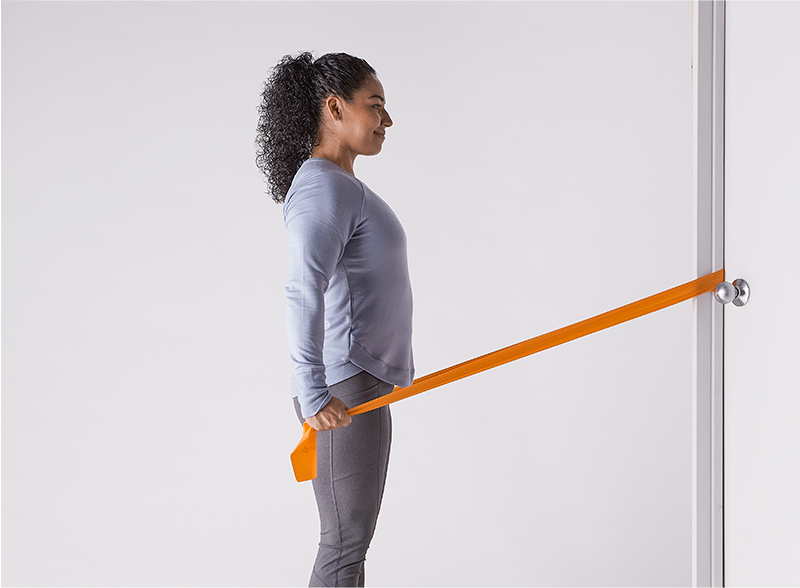Cómo hacer un pulldown con el brazo recto: una guía de Hinge Health
Aprende a hacer un ejercicio de pulldown con el brazo recto para ayudar a mejorar la fuerza de la parte superior del cuerpo, además de modificaciones para hacerlo más fácil o más difícil.
$0 costo para usted
Fecha de Publicación: May 1, 2023
El índice
Toca el alivio del dolor. En cualquier momento y en cualquier lugar con nuestra aplicación.
Haz ejercicios de un fisioterapeuta con licencia y más para aliviar tu dolor. Todo bien desde tu teléfono. A un costo de 0 dólares para ti.
Comienzpor la aplicación